 Buying new appliances
Buying new appliances
New appliances may be equipped with safety features that older models do not have. Importers, New Zealand manufacturers and installers of gas products are required to ensure appliances meet all New Zealand safety standards. Importers and New Zealand manufacturers are also required to lodge a declaration of safety on the Gas Appliance Supplier Declaration Database. This information is publicly available on this site.
To ensure the safety of any gas appliances or other equipment in your home it is essential it is installed by a licensed gas worker. This will usually be a gasfitter or a certifying gasfitter. You should always ask to see their current license.
A certifying gasfitter will ensure that your gas appliance or installation is connected correctly, has adequate ventilation, is appropriately flued and is in good working order.
Buying second-hand appliances
Only buy appliances which have been tested for safety. Take care if you are considering buying a second-hand appliance. Make sure that the seller will give you a written guarantee and always ask for a copy of the installation and use instructions. A gasfitter will not install an appliance he considers unsafe.
If the appliance was first supplied (by the importer or New Zealand manufacturer) after November 2002 there is a legal requirement that the seller (and installer) determine whether there is a Supplier Declaration for it before they sell (or install) the appliance. Apart from “one off” appliances most of these declarations may be found on the Gas Appliance Supplier Declaration database. The installing gasfitter may not install a post-2002 appliance if it is not a declared appliance.
In many instances the service history of the appliance is non-existent and it is not clear that the safety features have been maintained. The presence of a Supplier Declaration is no guarantee of safety in this situation.
Selling second-hand appliances
The legal requirements applicable in New Zealand relating to the safety of second-hand appliances that are offered for sale are contained in the Gas (Safety and Measurement) Regulations 2010. Among other things, a second-hand gas appliance cannot be sold; offered for sale; used or allowed to be used unless it is safe. The seller (or user) must take all practicable steps to ensure that the appliance is safe under all reasonably foreseeable circumstances.
The essential safety requirements for safety are set out in the NZ gas appliance standard, NZS 5266(Int): 2011: Safety of gas appliances.
Some of the criteria set out in the standard to ensure safety are:
- Free from mechanical hazards.
- Adequate means of support and shall be stable or remain safe when subjected to external forces.
- Any gas leakage shall not give rise to a hazardous situation.
- Parts shall not reach temperatures which create a hazard.
- Remain safe under New Zealand climatic conditions.
- Operate safely at all specified gas supply pressures.
- Not cause a dangerous situation to develop when subjected to an overpressure.
- Suitable for the gas type specified.
- Products of combustion shall be of a composition, and be discharged in such a manner, as to present no health or fire hazard.
- Burners shall allow reliable and complete ignition, reignition and cross-lighting.
- Shall have no flame abnormality (flame lift, lightback, yellow tipping or sooting).
- Have instructions for the safe installation, commissioning, operation and maintenance.
- Have appropriate data marking.
- Be electrically safe.
If the appliance was first supplied (by the importer or New Zealand manufacturer) after November 2002 there is a legal requirement that the installer determines whether there is a Supplier Declaration for it before they install the appliance. Apart from “one off” appliances most of these declarations may be found on the Gas Appliance Supplier Declaration database.
In many instances the service history of the appliance is non-existent and it is not clear that the safety features have been maintained. The presence of a Supplier Declaration is no guarantee of safety in this situation.
The original sale requirements for the appliance’s data plate have changed over the years, but on resale for fixed appliances, the appliance should be marked with the make, model, gas type, minimum and maximum supply pressure, burner pressure and input rating.
